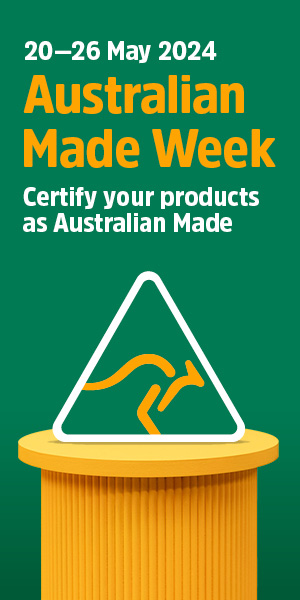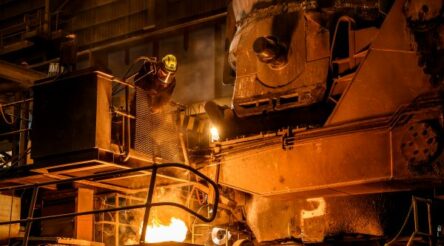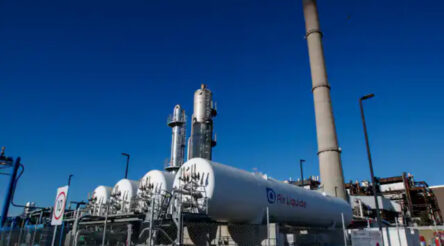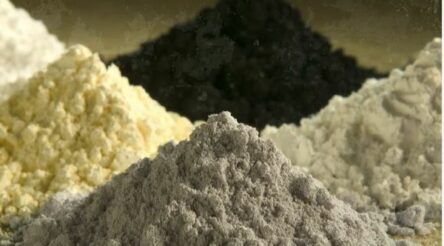Manufacturing news briefs — stories you might have missed
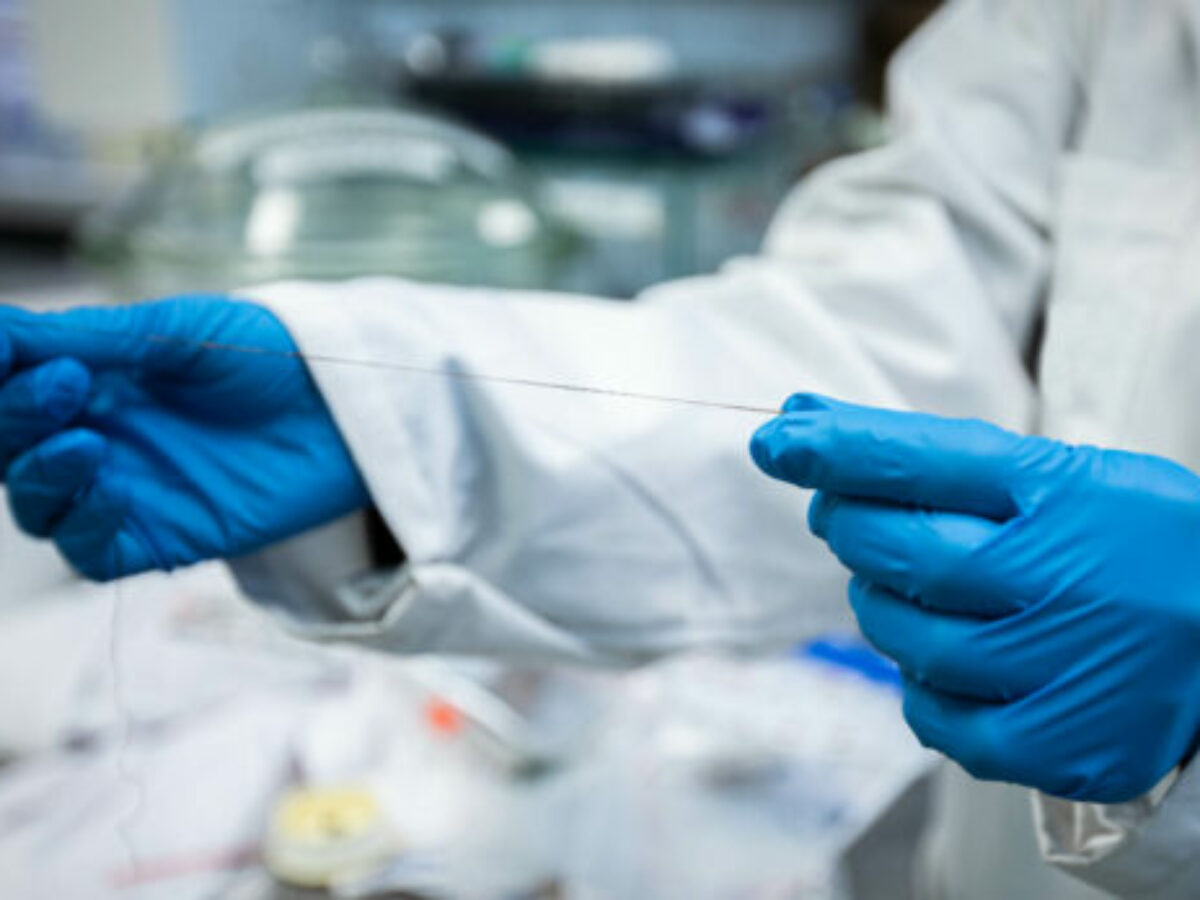
Hydrogen skills study begins at Kogan Creek
A new Queensland government-backed study is underway in the Darling Downs to determine the skills that will be needed by the local hydrogen industry workforce. Minister for training Di Farmer visited the Toowoomba and Surat Basin Enterprise (TSBE) this week to review progress of the study to be conducted at CS Energy’s Kogan Renewables Hydrogen Demonstration Plant. “This key action of the Hydrogen Industry Workforce Development Roadmap 2022-32 will provide vital industry workforce intelligence on the hydrogen skills needed in the Toowoomba, Western Downs, Maranoa districts, and across the state more broadly,” Farmer said. The government estimates that the state’s hydrogen industry will grow by $19 billion by 2040, creating an additional 10,000 jobs.
Industry and community must work together for a hydrogen future: VH2
In other hydrogen news, investment is accelerating at unprecedented rates, but a large misalignment between industry and community is holding Australia back from effective adoption, according to Swinburne University. While industry assumes that the population is concerned about the safety of hydrogen, communities are driven by their personal future and greenhouse gas concerns, according to new research by the university’s Victorian Hydrogen Hub (VH2). The Hub’s Social Licence Adjunct Research Fellow Dr Kim Beasy, said of the misalignment: “If industry stakeholders can see themselves as community members too, this could go some way toward reducing the ‘us against them’ situation that often evolves during development projects. I hope that this research helps the way that stakeholders think about hydrogen differently and shows them that this matters.”
Sustainable steelwork certification program launched
The Australian Steel Institute’s new Steel Sustainability Australia (SSA) certification program will assure “steelwork provided by certified suppliers is sustainably made and processed – and sourced through responsible and ethical supply chains“. Replacing the former ASI Environmental Sustainability Charter (ESC), SSA is a recognised initiative under the Green Building Council of Australia (GBCA) Responsible Products Framework (RPF) and Green Star rating system. ASI’s sustainability manager Jerusha Beresford said SSA provides a clear pathway for steel businesses to operate more responsibly and transparently and support sustainable outcomes in the construction industry including progressing the circular economy and reducing embodied carbon.
Stitch material promises to reduce infection, simplify post-op monitoring
A new antimicrobial suture material that glows in medical imaging could be a promising alternative for mesh implants and internal stitches, according to RMIT University. Surgical site infections occur in 2 to 4 per cent of patients post-surgery, and higher for some procedures. Study lead author and Vice Chancellor’s Senior Research Fellow, Dr Shadi Houshyar, said their suture was being developed in partnership with clinicians specifically for this type of procedure. “Our smart surgical sutures can play an important role in preventing infection and monitoring patient recovery and the proof-of-concept material we’ve developed has several important properties that make it an exciting candidate for this,” said Houshyar. Lab tests on the filament (pictured), published in OpenNano, showed it was easily visible in CT scans when threaded through samples of chicken meat, even after three weeks. and that it showed strong antimicrobial properties, killing 99 per cent of highly drug-resistant bacteria after six hours at body temperature.
Food waste reuse projects get new backing
Federal environment minister Tanya Plibersek and Queensland environment minister Meaghan Scanlon announced $1.5 million in funding this week to upgrade Earthborn Australia’s Palmwoods organics processing facility on the Sunshine Coast. According to a statement from Scanlon, the project will create six construction jobs and six ongoing roles, and the completed facility will have capacity to process an extra 22,000 tonnes of organic waste annually into soil improvers. “In Australia, around 13 million tonnes of CO2 is created as a result of organic waste going to landfill,” said Plibersek. “The increased composting capability of this facility will help us reach our national target of halving the amount of organic waste sent to landfill by 2030.” Scanlon added: “By 2030, we want to halve the amount of food waste generated, divert 80 per cent of the organic material going to landfill, and achieve a 70 per cent recycling rate for organics.”
AAMRI Report 2022 finds medical research institutes under increased funding pressure
A new report from the Association of Australian Medical Research Institutes (AAMRI) has shown a significant increase in the gap between medical research costs and funding that institutes received. AAMRI represents 58 medical research institutes — “the research arm of Australia’s healthcare system” — and said the shortfall between funds rose to $381 million in 2020. This compares to the first year AAMRI collected this data, 2014, where the shortfall was $247 million. Shortfalls occur because research grants often only cover scientists working on a research idea, the equipment needed for experiments, and the supplies, but not centralised facilities and expertise such as imaging and laboratory equipment. Professor Kathryn North AC, AAMRI President, said, “For every dollar an institute spends on research, a further 63 cents is needed to cover the indirect costs of research. As we expand our research to meet Australia’s needs, those indirect costs keep increasing.
Picture: credit RMIT
Topics Manufacturing News
@aumanufacturing Sections
Analysis and Commentary Awards Defence Manufacturing News Podcast Technology Videos






